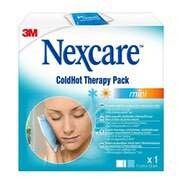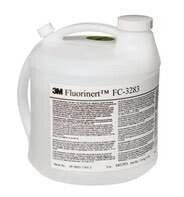Adhesive technology: a brief introduction


One of the most common joining technologies is gluing, which is almost as old as humankind itself. We have records from the dawn of history of egg white used as glue, but for example sealing wax was used to seal documents. However, with the emergence of synthetic materials, usage on an industrial scale also became possible.
The most important questions of adhesive technology:
What makes and why do adhesives stick? What are the conditions to be able to use a material as an adhesive? What are the properties of an adhesive that can be used to glue a pair of materials?
The adhesive creates a bridge between components made from identical or different materials. Adhesive joints can be used between metals, materials of metallic and non-metallic structure of identical or different quality and in case of other materials (e.g. plastics, textiles, etc.). The bonding mechanism depends on adhesion, that is the adhesion of the adhesive to the work piece, and on the internal strength and cohesion of the adhesive. There is no efficient gluing without an appropriate adhesive.
The fundamental condition for a good bonding strength to form is the wetting of the material to be glued by the adhesive (which assumes the liquid state of the adhesive), and the fixing of interactions as a result of the wetting, that is the solidification of bonds. Adhesives join the surfaces of solid materials with adhesion and with their own solidity without significantly changing the structures and original properties of materials joined. If materials are joined in three dimensions (e.g. plywood), we talk about binding agents.
The process of gluing can be divided into several steps. First step is the appropriate preparation of surfaces to be joined and the application of adhesive. The second sub-process is joining, which is the connection of the surfaces of materials intended to be joined, according to the instruction manual or to process specifications. The last step is solidification, during which the adhesive becomes solid. The strength of adhesive joints is determined by the internal solidity of materials to be glued (cohesion), by the internal strength of the adhesive layer and by forces on the adhesive side (adhesion). In a good adhesive joint, these forces are identical.
In case of adhesives, adhesive technology makes a distinction between natural (modified) materials, such as adhesives of vegetable, animal (that is adhesives made from their building materials or products) or mineral origin and synthetic adhesives. It is worth noting sealants that are identical with adhesives from a chemical aspect, and the field of adhesive technology also includes adhesion primers.
More articles
Flanker Plusz Kft.
Contact Details
Boti Street, 100.




























